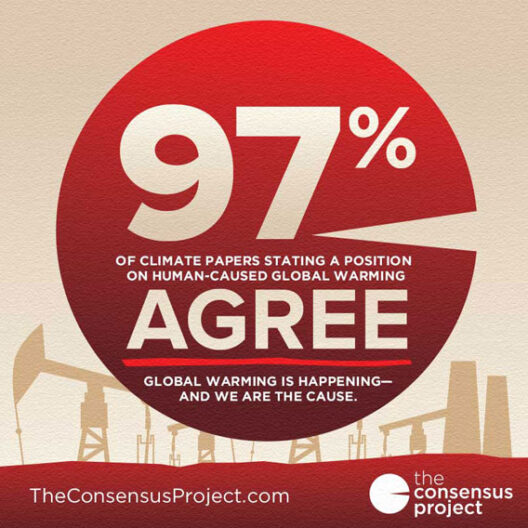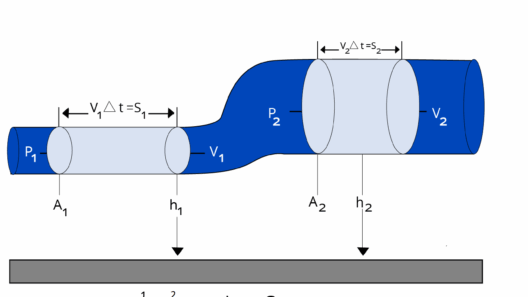Have you ever pondered how much energy could be conserved by merely recycling the products we consume daily? It’s an intriguing question that nudges us to think critically about our material footprint. While the concept seems straightforward, the intricacies of energy conservation through recycling are multifaceted and warrant a closer examination. The challenge lies in understanding how recycling not only reduces waste but also conserves precious energy and material resources.
At its core, recycling is the process of converting waste materials into reusable materials and products. This fundamental practice serves a dual purpose: it minimizes the quantity of waste sent to landfills and incinerators and diminishes the consumption of fresh raw materials. But how does this translate into energy conservation?
To understand the energy benefits of recycling, we first need to evaluate the energy expended in producing materials from virgin resources. For instance, consider aluminum. Creating new aluminum from bauxite ore requires an astonishing amount of energy—about 95% more than recycling used aluminum. This energy consumption translates directly into greenhouse gas emissions, contributing to climate change and degrading air quality. By recycling aluminum cans, we can conserve not just energy but also prevent additional greenhouse gas emissions from entering our atmosphere.
Another remarkable example is paper. The production of new paper products from trees necessitates substantial energy for logging, transport, and processing. Conversely, recycling paper requires significantly less energy, water, and chemicals. It is estimated that recycling one ton of paper saves approximately 4,100 kilowatts of electricity and avoids the release of 3,000 pounds of carbon dioxide into the atmosphere. These staggering statistics underscore the profound impact of recycling on resource conservation and energy savings.
However, this conservation extends beyond mere energy savings. Recycling also preserves material resources by reducing the necessity to extract or harvest new raw materials. With finite resources available on our planet, sustaining the availability of these materials is crucial for future generations. When we recycle, we are essentially prolonging the lifespan of the resources already in circulation. This not only reduces environmental degradation associated with mining and logging but also curtails habitat destruction and biodiversity loss.
The ripple effect of recycling is far-reaching, impacting various sectors, including manufacturing, energy, and even waste management. When industries invest in recycled materials, they take a significant step toward sustainability. For instance, the steel industry benefits massively from recycling scrap metal. Using recycled steel in production consumes 60% less energy compared to producing new steel from raw iron ore. This substantial reduction exemplifies the tangible benefits of recycling for both the economy and the environment.
However, the challenge to overcome is the mindset surrounding recycling. In a world where convenience often takes precedence over sustainability, many individuals still view recycling as a secondary option rather than an essential practice. This underlines the need for education and awareness-raising initiatives to encourage responsible consumer behavior. By fostering a culture of recycling, communities can significantly amplify the positive outcomes associated with energy and resource conservation.
Moreover, the effectiveness of recycling programs hinges not only on participation rates but also on efficient processing capabilities. Municipalities should invest in advanced recycling technologies and infrastructure to boost recovery rates. A robust recycling system can significantly enhance the quantities of materials recovered, which translates directly into energy conservation and resource sustainability. For instance, integrating modern sorting technologies can help reclaim valuable materials like plastics and metals that might otherwise end up in landfills.
The question arises: how can individuals contribute meaningfully to the recycling movement? The answer is straightforward yet pivotal. Consumers must actively engage in sustainable practices, such as educating themselves about local recycling guidelines, reducing waste at the source, and supporting products made from recycled materials. By choosing products that use recycled content or are themselves recyclable, consumers drive the demand for sustainable practices across industries.
The merger of education and policy is also critical in addressing recycling challenges. Governments should implement policies and regulations that encourage recycling initiatives. Incentives for corporations that utilize recycled materials could create a more robust market for these products, enticing manufacturers to pivot toward sustainable practices. Additionally, establishing comprehensive recycling programs in schools and workplaces can instill an ethos of sustainability from an early age.
In conclusion, the energy and material resources conserved through recycling represent an essential strategy in mitigating climate change and promoting sustainability. The interconnections between recycling, energy conservation, and resource management illustrate the profound impact of our collective actions. As we consider the question of how much energy we could save by embracing recycling wholeheartedly, let us reflect on our individual and societal responsibilities. The challenge lies in cultivating a culture of sustainability that prioritizes recycling—not just as an option but as a vital necessity for preserving our planet’s future.








